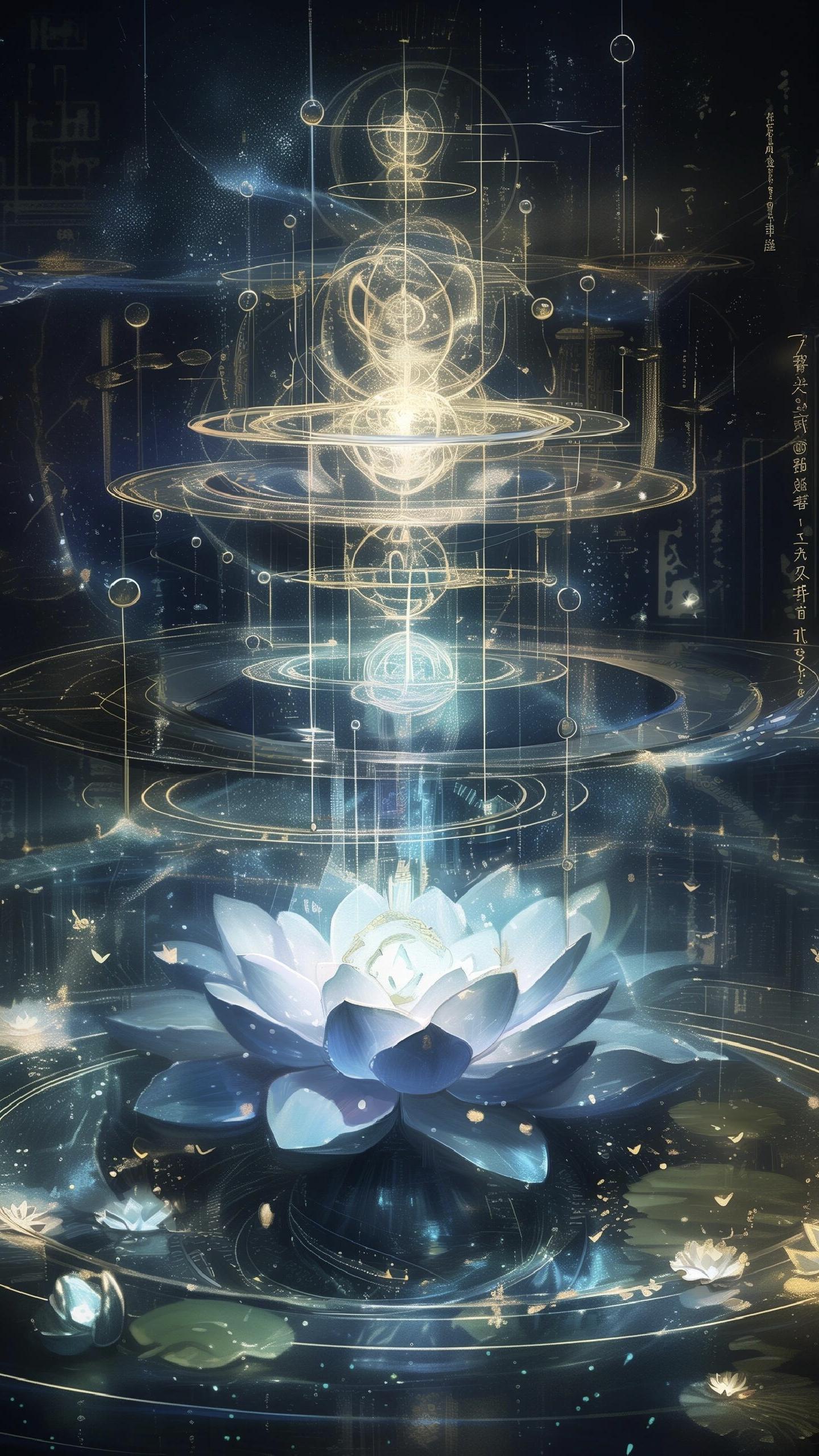In the vast expanse of the art world, there is a painter who, with his unwavering pursuit of beauty and boundless enthusiasm for creation, continuously explores and advances on the path of painting. However, recently he has been extremely distressed by the inability to find creative inspiration. Under his brush, there once flowed countless brilliant colors and moving images, but now it is as if a dried-up spring can no longer gush out the flowing water of creative ideas. In order to find that lost inspiration, the painter embarked on a journey of traveling everywhere. He walked through bustling cities where skyscrapers stand tall and traffic is heavy, filled with a modern atmosphere. He tried to draw inspiration from the hustle and bustle and prosperity of the city and use his brush to depict the busyness and dreams of city people. However, no matter how hard he tried, those works always lacked a certain soul, a power that could touch people's hearts. He then came to a peaceful countryside where there are simple houses, vast fields, and hardworking and kind farmers. He tried to depict the beauty of the countryside in different styles, using delicate brushstrokes to outline the tranquility and harmony of the countryside. But these works still failed to satisfy him. He felt that he had not yet found the true source of creation. Next, he explored various different themes, from the vicissitudes of history to the fantasies of the future, from the emotional world of people to the mysterious wonders of nature. He continuously tried and innovated, but still could not find the inspiration that could shock his soul. One day, as if guided by fate, the painter came to a Taoist temple on a mountain. The moment he stepped into the Taoist temple, a sense of tranquility and harmony rushed towards him. The Taoist temple is located among green mountains and clear waters, surrounded by thick forests and gurgling streams. Here, there is no noise of the city nor the busyness of the countryside. There is only a sense of peace and serenity. The painter stood quietly in the courtyard of the Taoist temple, feeling this unique atmosphere. He looked at the natural scenery around him. In the distance, the mountains rose and fell continuously, with clouds and mist swirling around, like an ink wash painting. Nearby, the trees were lush and green, and birds were singing cheerfully on the branches. The wind blew through the forest, and the leaves rustled, as if nature was playing a beautiful melody. At this moment, a sudden urge to create surged in the painter's heart. He seemed to hear the call of nature and feel the rhythm of the universe. He remembered Taoist thought, which advocates conforming to nature and integrating with nature. The painter realized that all along he had been deliberately searching for inspiration but had overlooked the power of nature. He decided to put aside the anxiety and obsession in his heart and integrate his soul with nature. He found a quiet place, sat down, closed his eyes, and felt everything around him with his heart. He listened to the singing of birds, felt the gentle wind blowing across his face, and savored the fragrance of flowers permeating the air. He let his thoughts freely drift in nature, forgetting time and himself. When he opened his eyes again, the world he saw had become different. Every leaf, every flower, every stone seemed to be filled with the power of life. He picked up his brush and began to depict the beautiful scenery in front of him. Every stroke of his was filled with the charm of nature, and every color contained the mystery of nature. The painter was immersed in the joy of creation. He forgot all his troubles and distractions. His brush danced freely on the canvas as if driven by a mysterious power. He no longer deliberately pursued perfect composition and bright colors but felt the beauty and magic of nature with his heart and expressed his inner feelings with his brush. After a long period of effort, the painter finally created an astonishing work. In this painting, the mountains are verdant, clouds and mist are swirling, the trees are lush and green, and birds are playing on the branches. The picture is filled with vitality and makes people feel as if they are in a beautiful fairyland. Every detail is handled just right, and every color is matched harmoniously and naturally. Looking at his work, the painter was filled with joy and satisfaction. He understood that inspiration comes from inner tranquility and the perception of nature. Only when we put aside the distractions and obsessions in our hearts and feel the beauty and magic of nature with our hearts can we truly obtain creative inspiration. The concept of "governing by doing nothing" in Taoist thought does not mean doing nothing at all. Instead, it means not deliberately pursuing but conforming to the laws of natural development. After experiencing this creative journey, the painter deeply understood the essence of this thought. He no longer creates for the sake of creating but lives with his heart and feels the beauty of nature. He believes that as long as he maintains inner tranquility and reverence for nature, inspiration will continuously emerge. In this noisy world, we are often troubled by various trifles and forget inner tranquility and the perception of nature. We are always busily pursuing material enjoyment and fame and status while ignoring the most precious things in life. The story of the painter tells us that we should learn to put aside the anxiety and obsession in our hearts, return to nature, and find inner tranquility. Only in this way can we truly feel the beauty of life and obtain creative inspiration and the wisdom of life. Let us all be like this painter. Under the guidance of Taoist thought, feel the beauty and magic of nature with our hearts and meet the challenges of life with inner tranquility. Believe that with the company of Taoist wisdom, our lives will be more wonderful and meaningful.



